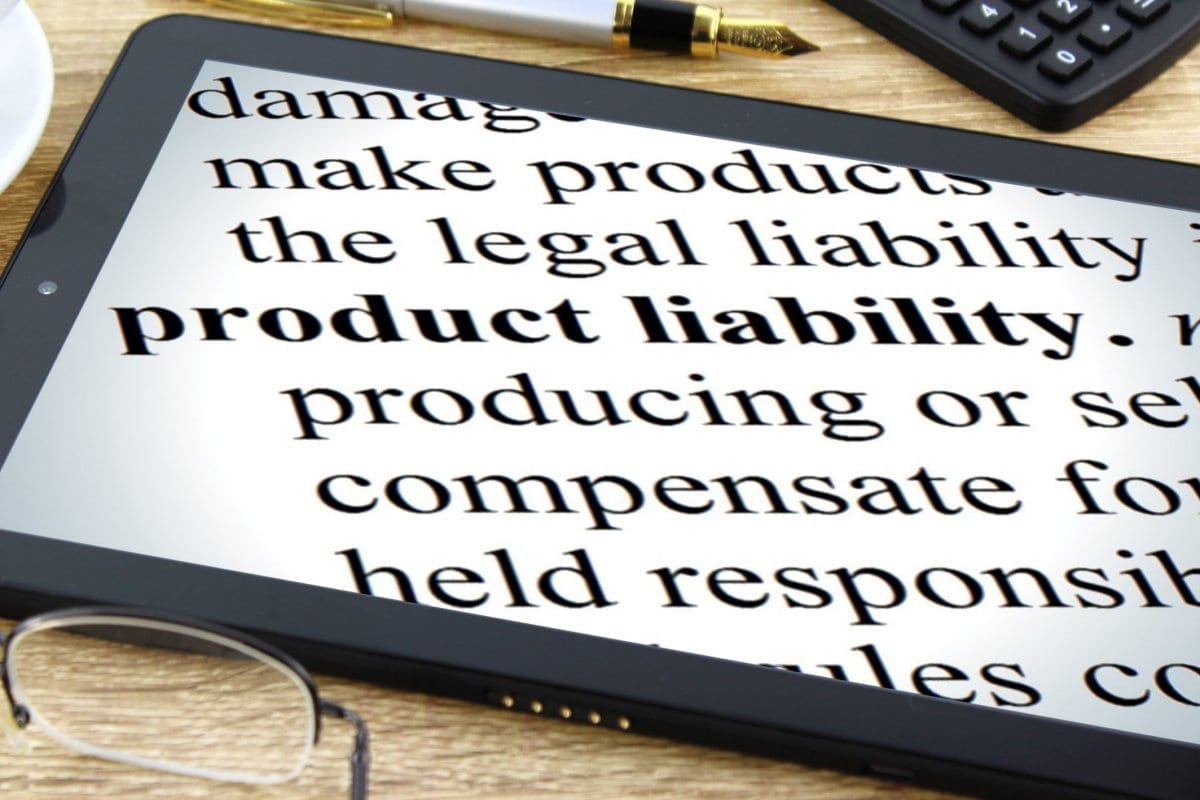Through advocacy efforts and legal support services, consumers can hold corporations responsible and defend their rights through diligent advocacy work and legal support services.
Today’s consumer society places great value on product safety; unfortunately, however, some corporations put profits ahead of customer welfare by producing unsafe goods which cause serious injuries or adversely affect them in some other way. Knowing how to navigate legal claims against such corporations is vital if injured consumers or adversely affected parties find themselves injured by defective goods; this article delves into product liability’s complex framework, what to do after a car accident and injured due to such defects, and effective litigation tactics against corporations who neglect ensuring product safety standards.
Product Liability
Product liability is legal responsibility which is imposed upon manufacturers, distributors, and retailers of a product to ensure that the product can be safely used by the consumers.
If these parties failed in their responsibilities, they could be held legally responsible for the harm and loss that came from the dangerous products they made, and since there are two main classifications of products liability suits namely manufacturing defect and strict liability including failure in layout influences and lack of adequate warning.
Manufacturing defects occur when products are flawed due to errors during their production process, including using substandard materials or improper assembly.
Design flaws exist because inherent flaws in its design make it unsafe – regardless of how well its manufacturers performed their duties – while failure-to-warn claims arise when consumers lack appropriate instructions or warnings of potential dangers they could be subjected to by purchasing such a product.
Unsafe Products
Dangerous and unsafe products come in all forms: from damaged electronics to potentially toxic pharmaceuticals. Even consumer goods like appliances or power tools could pose significant danger if they malfunction and pose risks of their own.
Dangerous pharmaceuticals may pose severe health threats due to unknown side effects or flawed testing processes; one such example would include recalls after reports of severe adverse reactions were filed by users.
Automobile defects like defective brakes or airbags can contribute to serious accidents and injuries, while products containing toxic materials – like lead paint or asbestos – often have lasting consequences that require legal action against corporations for negligence.
Examples of Unsafe Products
Once a consumer experiences injury from unsafe products, immediate and strategic action are imperative in order to maintain health and safety. Seeking medical help immediately should always come first in terms of protecting health. Accumulating evidence through medical records and photographs may serve as essential proof against potential claims for damages.
Preserving both the product itself, along with all related documents like purchase receipts or user manuals is also vital in supporting claims against manufacturers. Reporting an incident to both the manufacturer and consumer protection agencies such as Consumer Product Safety Commission (CPSC) is also critical in order to take appropriate actions if needed, such as initiating recalls if necessary and creating additional documentation of product problems.
Navigating the Legal Process for Filing Claims
Navigating the legal process associated with filing claims against corporations can be intimidating and complicated; yet often necessary in pursuit of justice. Hiring an expert product liability attorney as soon as possible should be your top priority to start moving your claim forward effectively and ensure success in getting justice delivered for victims of injustice.
An experienced attorney is capable of helping consumers assess the case, gather necessary evidence and navigate the legal landscape effectively. When filing a suit against defective products or services, their expertise will investigate their product’s defects as well as gather expert testimonies in order to build strong cases in court. Consumers may wish to consider joining a class action lawsuit. Class actions allow multiple people who were affected by unsafe products from one source to collectively file their own claim – sometimes making it easier to bring suits against large corporations.
Consumers Pursuing Product Liability Claims
When filing product liability cases, consumers often face significant difficulties, particularly in relation to corporate defense strategies. Corporations possess substantial resources at their disposal that enable them to mount strong defenses against any allegations of negligence or wrongdoing; one major challenge facing these consumers lies with them having the burden of proof in showing that an item caused their injuries directly.
Additionally, they must adhere to time frames set for filing claims as failure to file may prevent compensation being pursued in future claims.
Role of Regulatory Bodies
It is important to note that independent agencies such as the Consumer Product Safety Commission (CPSC) and the Food and Drug Administration (FDA) provide immense protection to consumers. For example, the CPSC supervises consumer products for any safety issues and recalls appropriately for consumer advice on risky items.
Meanwhile, FDA oversees pharmaceuticals and medical devices before reaching market. Understanding their roles may prove instrumental when filing legal claims as reports by these agencies can serve as vital proof against corporations.
Compensation and Damages
When people sue manufacturers for product liability, they need to understand all forms of compensational avenue available. Consumers can sue for medical expenses incurred in treatment of injuries resulting from use of products such as being hospitalized for treatment, getting rehabilitated, or ongoing medical care for injuries that result from product defects or mistakes made during manufacturing and selling. Wages may also be recovered if an injury resulted in a loss of work time or earning capacity, along with general and special damages for pain and suffering, and psychological trauma resulting from it. Punitive damages may also be pursued against corporations in cases of gross negligence; understanding these options helps consumers and their attorneys build stronger cases for recovery.
Studies of High-Profile Product Liability Cases
Analyzing high-profile product liability cases provides invaluable insight into the unique challenges and strategies involved in legal battles relating to this field, such as lawsuits filed against major corporations for dangerous drugs that caused health complications or recalls due to safety defects in automobiles.

Such instances demonstrate how important consumer advocacy and regulatory oversight can be in holding corporations responsible, while serving as reminders about long-lasting effects unsafe products can have on individuals and communities, reinforcing our responsibility as consumers to stay vigilantly informed of our rights when shopping or investing.
Future Trends in Product Liability
With technology constantly developing, new legal challenges in product liability may emerge. Innovations like autonomous vehicles and artificial intelligence raise questions regarding liability when products malfunction or cause harm; increasing consumer awareness around safety issues could result in tighter regulations or enforcement of safety standards; staying aware of this news can better prepare individuals to defend against legal claims while contributing to creating a safer marketplace.
Conclusion
Navigation of legal claims against corporations for unsafe products can be an intricate yet critical process in protecting consumer rights. Understanding product liability, taking immediate steps after experiencing injuries and being informed about legal processes involved can empower consumers to seek justice for any wrongdoings they encounter.
Recognizing their needs and resources available, consumers can effectively pursue claims against corporations that prioritize profit over safety. If you find yourself involved in a car accident and require legal guidance to understand what next steps should be taken afterward, having knowledge about consumer safety and accountability may prove instrumental in providing guidance as you explore possible next steps.
Through advocacy efforts and legal support services, consumers can hold corporations responsible and defend their rights through diligent advocacy work and legal support services.


Join the conversation!